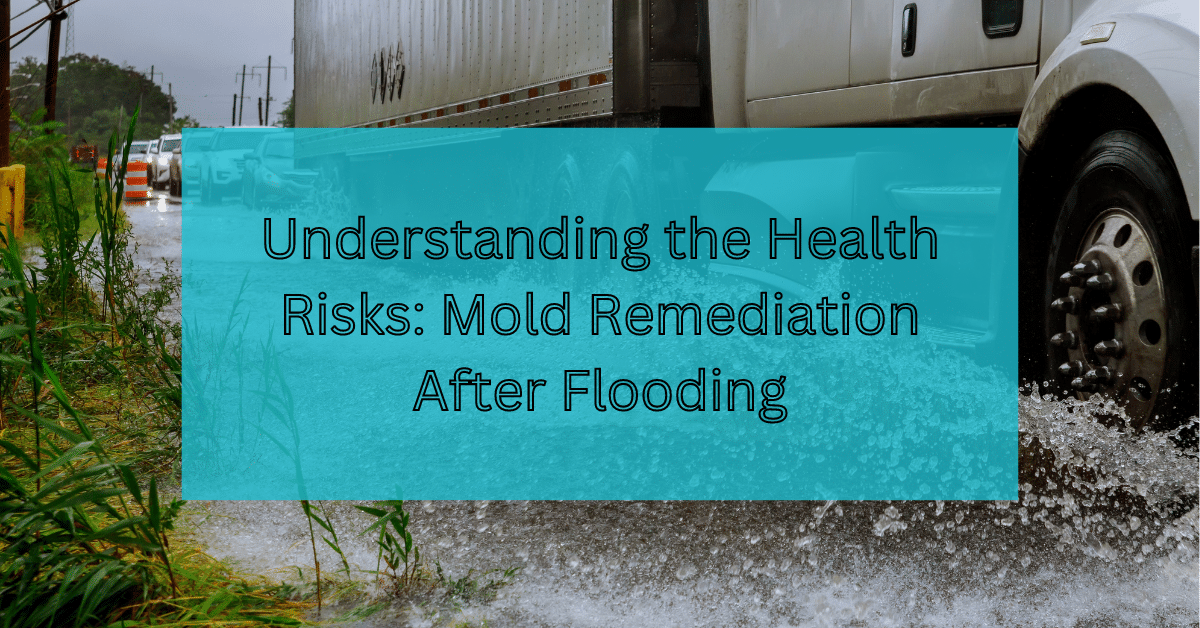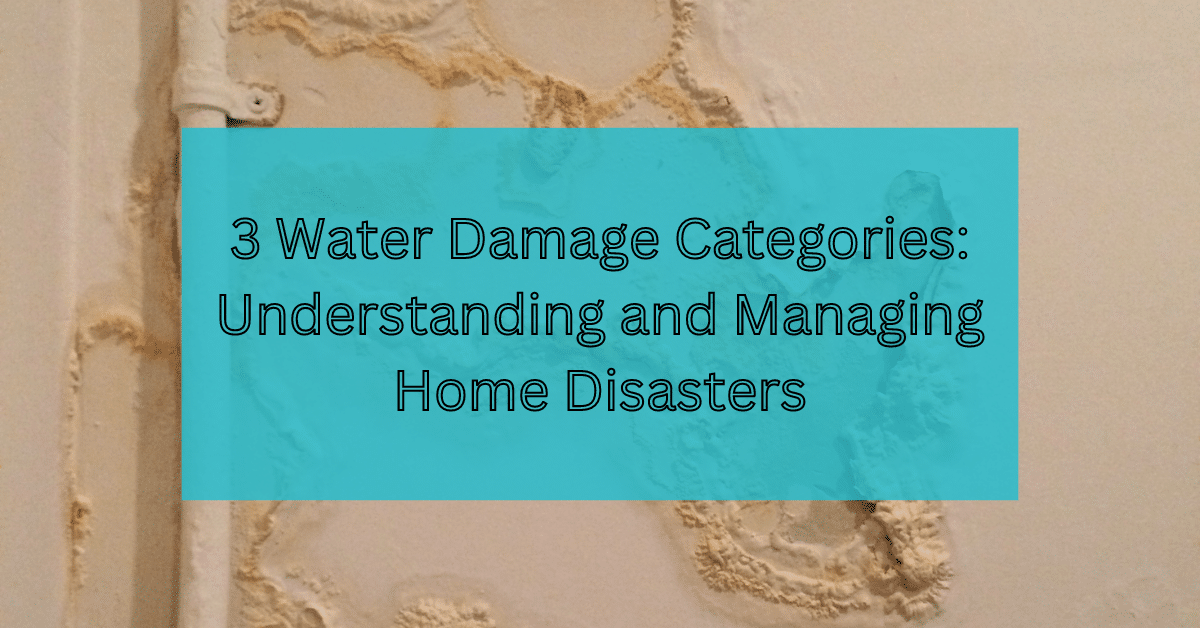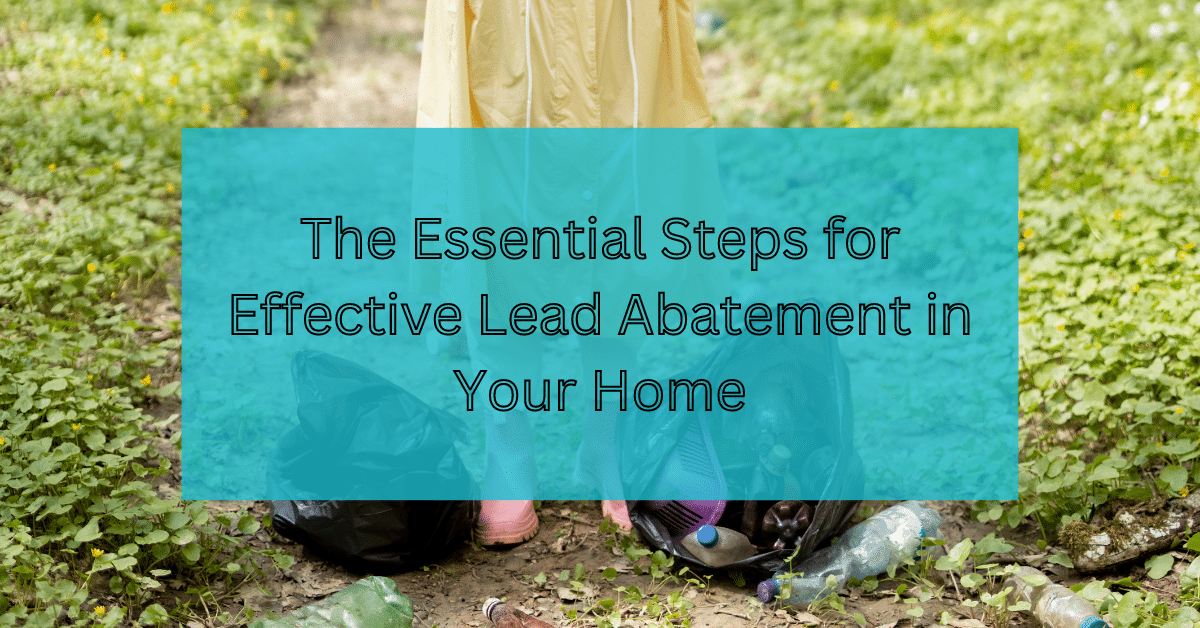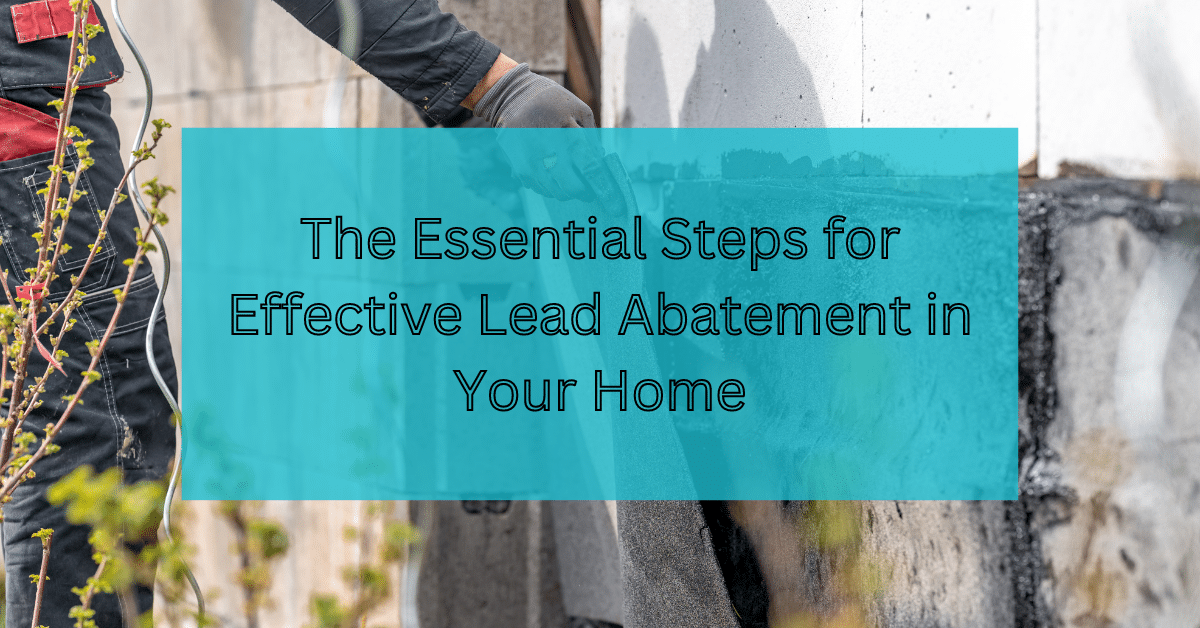Flooding can wreak havoc on properties, leading to a myriad of issues, with mold growth being among the most concerning. Post flood mold remediation is crucial not just for the structural integrity of buildings, but also for the health and well-being of their occupants. This article delves into the health risks associated with mold and outlines effective strategies for flood mold remediation.
The Health Impacts of Mold
Mold thrives in damp environments, making post-flood settings a hotspot for mold proliferation. Mold exposure can lead to various health issues, ranging from mild allergic reactions to severe respiratory problems. Some common health effects include:
- Allergic reactions, such as sneezing, runny nose, red eyes, and skin rash.
- Asthma attacks in individuals with asthma who are allergic to mold.
- Irritation of the eyes, skin, nose, throat, and lungs in both allergic and non-allergic people.
Understanding these risks underscores the importance of prompt and effective mold remediation after flooding.
Long-Term Health Effects of Mold Exposure
Beyond the immediate reactions and symptoms, prolonged mold exposure can have more severe, long-term health implications. These may not be apparent immediately but can significantly affect one’s health over time. Chronic mold exposure has been linked to:
- Respiratory Conditions: Individuals exposed to mold for prolonged periods may develop chronic respiratory conditions. This includes not just asthma but also chronic obstructive pulmonary disorder (COPD) and persistent coughing or wheezing.
- Immune System Suppression: Mold exposure can weaken the immune system, making the body more susceptible to other infections and diseases. This is particularly concerning for individuals with pre-existing health conditions or those who are immunocompromised.
- Neurological Symptoms: Some types of molds produce mycotoxins that can lead to neurological problems when humans are exposed to high levels over time. Symptoms can include headaches, memory loss, and mood changes.
- Severe Allergic Reactions: For individuals susceptible to mold, exposure can lead to severe allergic reactions. These reactions may include difficulty breathing and anaphylaxis, a potentially life-threatening condition.
Given the potential for both immediate and long-term health effects, it is clear why addressing mold promptly and thoroughly is critical. The goal of mold remediation after flooding is not just to repair and restore the physical structure of affected homes but also to protect the health of the occupants. Ensuring a living environment is free from mold is crucial for both physical health and peace of mind.
Initial Steps in Flood Mold Remediation
Immediately after a flood, taking swift action can significantly mitigate mold growth. Here are the first steps:
- Safety First: Ensure the property is safe to enter. Check for structural damage and wear protective gear, including gloves, N95 masks, and eye protection.
- Documentation: Take photographs and videos of the damage for insurance claims.
- Water Extraction and Drying: Quickly remove standing water and start drying out the premises using fans, dehumidifiers, and natural ventilation.
Professional Assessment and Flood Mold Remediation
While small areas of mold can often be handled by homeowners, extensive mold growth following a flood typically requires professional intervention. Here’s why:
- Expert Evaluation: Professionals can assess the extent of mold growth, including areas not immediately visible.
- Proper Equipment: They have access to industrial-grade dehumidifiers, air scrubbers, and HEPA vacuums.
- Safe Removal: Professionals can remove mold safely, preventing its spread to unaffected areas.
Preventative Measures for Future Protection
After addressing immediate mold concerns, taking steps to prevent future mold growth is essential. These measures include:
- Moisture Control: Identify and fix sources of moisture, such as leaks in roofs, walls, and plumbing.
- Improved Ventilation: Ensure adequate airflow throughout the home, particularly in kitchens, bathrooms, and laundry areas.
- Flood Barriers: Consider installing flood barriers or making landscaping adjustments to redirect water away from your home.
Understanding and Mitigating Health Risks
Beyond the physical removal of mold, understanding and mitigating the associated health risks is a critical component of flood mold remediation. This includes:
- Health Monitoring: Pay attention to any respiratory or allergic symptoms among household members and consult a healthcare provider if symptoms arise or worsen.
- Educating Occupants: Inform all residents about the signs of mold-related health issues and the importance of seeking medical advice for persistent or severe symptoms.
Conclusion: A Comprehensive Approach to Flood Mold Remediation
Flood mold remediation is a multifaceted challenge that requires prompt action, professional intervention, and long-term prevention strategies. By understanding the health risks associated with mold exposure and implementing thorough remediation and prevention measures, homeowners can protect their health and ensure their living environment is safe and comfortable. Remember, the key to successful flood mold remediation lies in quick response, expert assistance, and a commitment to ongoing moisture management.



